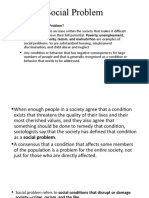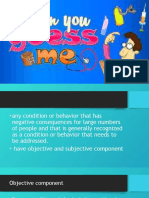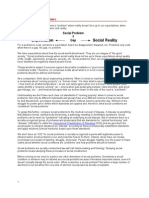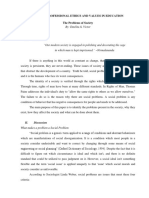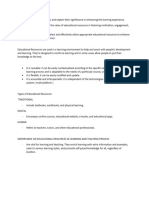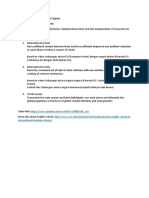0% found this document useful (0 votes)
76 views9 pagesSocial Problems & Current Issues Module
This document discusses social problems and current issues. It defines a social problem as any condition or behavior that negatively impacts large groups of people and is generally recognized as needing to be addressed. Social problems have both objective negative consequences and a subjective component where they are perceived as needing to be addressed. Examples provided include poverty, crime, and substance abuse. The document also discusses different approaches to social problems and how some issues may not be considered social problems depending on whether society recognizes and draws attention to the issues.
Uploaded by
Marlon JalopCopyright
© © All Rights Reserved
We take content rights seriously. If you suspect this is your content, claim it here.
Available Formats
Download as DOCX, PDF, TXT or read online on Scribd
0% found this document useful (0 votes)
76 views9 pagesSocial Problems & Current Issues Module
This document discusses social problems and current issues. It defines a social problem as any condition or behavior that negatively impacts large groups of people and is generally recognized as needing to be addressed. Social problems have both objective negative consequences and a subjective component where they are perceived as needing to be addressed. Examples provided include poverty, crime, and substance abuse. The document also discusses different approaches to social problems and how some issues may not be considered social problems depending on whether society recognizes and draws attention to the issues.
Uploaded by
Marlon JalopCopyright
© © All Rights Reserved
We take content rights seriously. If you suspect this is your content, claim it here.
Available Formats
Download as DOCX, PDF, TXT or read online on Scribd
/ 9

